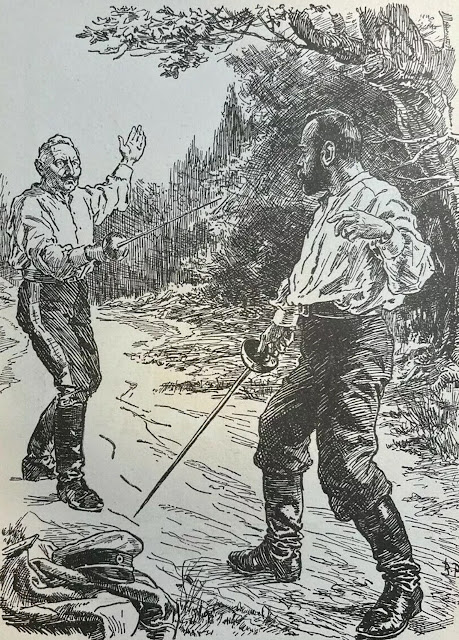J.P. Morgan stepped up twice when the U.S. economy faced collapse.
In 1893, the economy crashed. Railroads failed. Banks collapsed. Panic spread. The biggest problem? The U.S. Treasury was running out of gold. At the time, paper money was backed by gold. If reserves fell too low, the government could default.
By early 1895, gold reserves had dropped below $100 million. Confidence was sinking, and Congress refused to act. The government needed gold fast.
Morgan and the Rothschilds arranged a $65 million bond sale, paid in gold. The deal stabilized the Treasury and restored confidence. Morgan profited, but without him, the economy might have collapsed. President Grover Cleveland defended the deal, saying, “It was necessary to save the country from disaster.” The New York Times called it “a masterstroke of financial genius.”
Twelve years later, another crisis hit. The stock market crashed. Banks teetered as people rushed to withdraw their money. Panic spread fast.
Morgan locked the top bankers in his library and refused to let anyone leave until they had a plan. Strong banks propped up weak ones. Morgan secured millions to keep the stock market open. “No one wished to resist him,” one banker admitted. The Washington Post wrote, “In the absence of a central bank, Morgan alone stood between the nation and ruin.”
His actions stopped the crisis, but it was clear the country needed a central bank. In 1913, Congress created the Federal Reserve. Senator Robert Owen later remarked, “Morgan’s power was undeniable, but no republic should rely on one man.”
history-bytes offers unique historical collectibles. https://www.ebay.com/str/historybytes
















